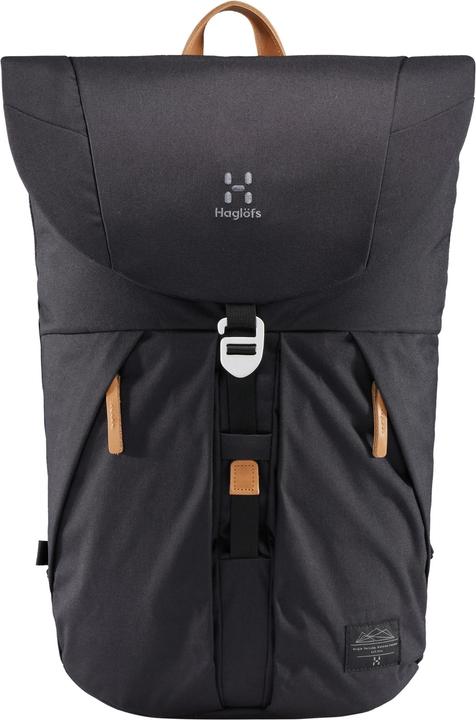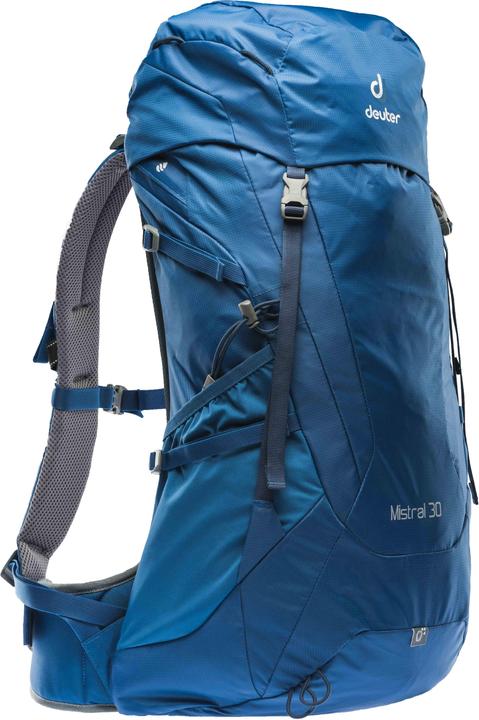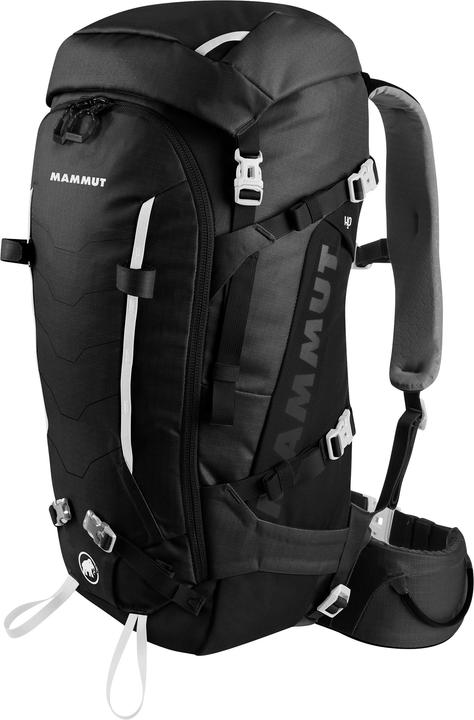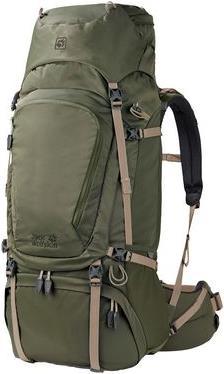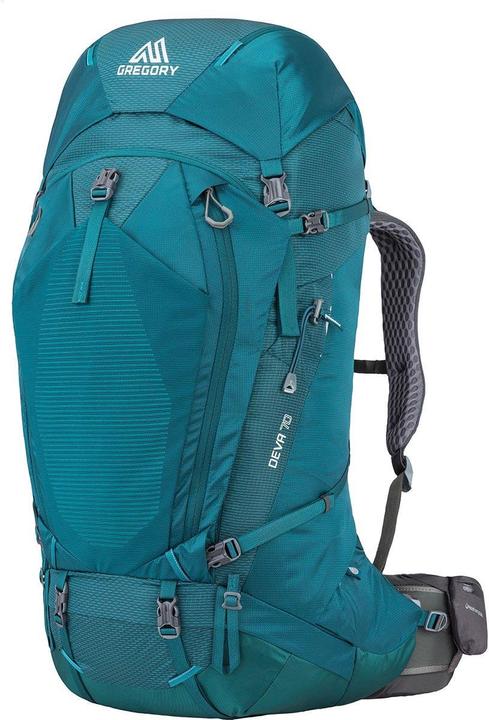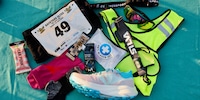

Pack the right outdoor rucksack
Wearing the right rucksack is fun. Wearing the wrong one is a nuisance. Here are a few crucial things to bear in mind so that your bag is always compatible with your plans.
Its weight isn't the only thing that determines whether your rucksack feels like a burden or hangs easily on your shoulders. It's about the rucksack itself. Ideally, it's ergonomic and practical; at worst, it's badly proportioned, uncomfortable and impractically partitioned. But even the perfect rucksack can't compensate for everything. Take how you pack it, for example.
Weight distribution
The bigger and heavier the rucksack, the more important weight distribution becomes. Most of the weight in your bag should sit on your hips rather than pulling at your shoulders. This means that the heaviest weight sits above your waist strap near to your back. Large bags tend to have a bottom compartment suitable for a sleeping bag, undergarments and sleepwear. Divide moderately heavy items above and around your centre of gravity, closest to your back.
Access and fastenings
Many models have compression straps to adjust their size, keep your bag compact and make sure that everything stays where it's supposed to be. You won't have to scrabble and dig around for your tin of ravioli or glasses case if you've distributed your access points cleverly. Zips provide different ways to access everything you need in the main compartment. Separate compartments, external fastenings, rain covers and hydration packs also make life easier.
Daypacks (up to 30 litres): light and well ventilated
Rucksacks that can hold between eight and 30 litres are suited to day trips, easy hikes and everyday activities. These «daypacks» have the benefit of limiting their weight thanks to their small volume, which enables comfortable ventilation systems.
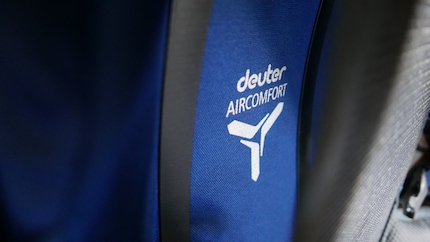
Stabilising mesh against the back holds the bag slightly away from the body, allowing air to circulate. These aero systems are named after their manufacturers, e.g. Aircomfort, Airflow, and the particularly catchy NextVent suspended-mesh back panel. Daypacks are available in a wide range of designs, from stylish to sporty and everything in between. You can filter by useful features such as expandable size and hyrdation packs.
Hiking rucksacks (30 - 50 litres): equipped for longer trips
This is where the weight increases and the support system becomes more important. The bag should sit firmly but give you enough freedom of movement to walk naturally. The waist strap goes around the top edge and bears the brunt of the load. It's extended with the shoulder straps and the fastened chest straps stabilise everything. The more you can adjust the straps yourself the better. Women's styles are generally shorter with wider waist straps and differently-shaped shoulder straps. Depending on their design, rucksacks in this size range are suited to longer hikes and high alpine activities but also cross-country and ski tours.
Trekking rucksacks (50 - 75 litres): large volumes for big plans
Trekking rucksacks can hold more than 25 kilos and get seriously heavy. To retain comfort levels, the straps have more padding and an internal frame spreads the weight over your hips. Along with more storage capacity, trekking rucksacks often have additional fastening loops or removable bags for flexibility on long trips. They also have to be worn correctly, slightly over the shoulders while still giving your head freedom of movement.

Simple writer and dad of two who likes to be on the move, wading through everyday family life. Juggling several balls, I'll occasionally drop one. It could be a ball, or a remark. Or both.
Practical solutions for everyday problems with technology, household hacks and much more.
Show all